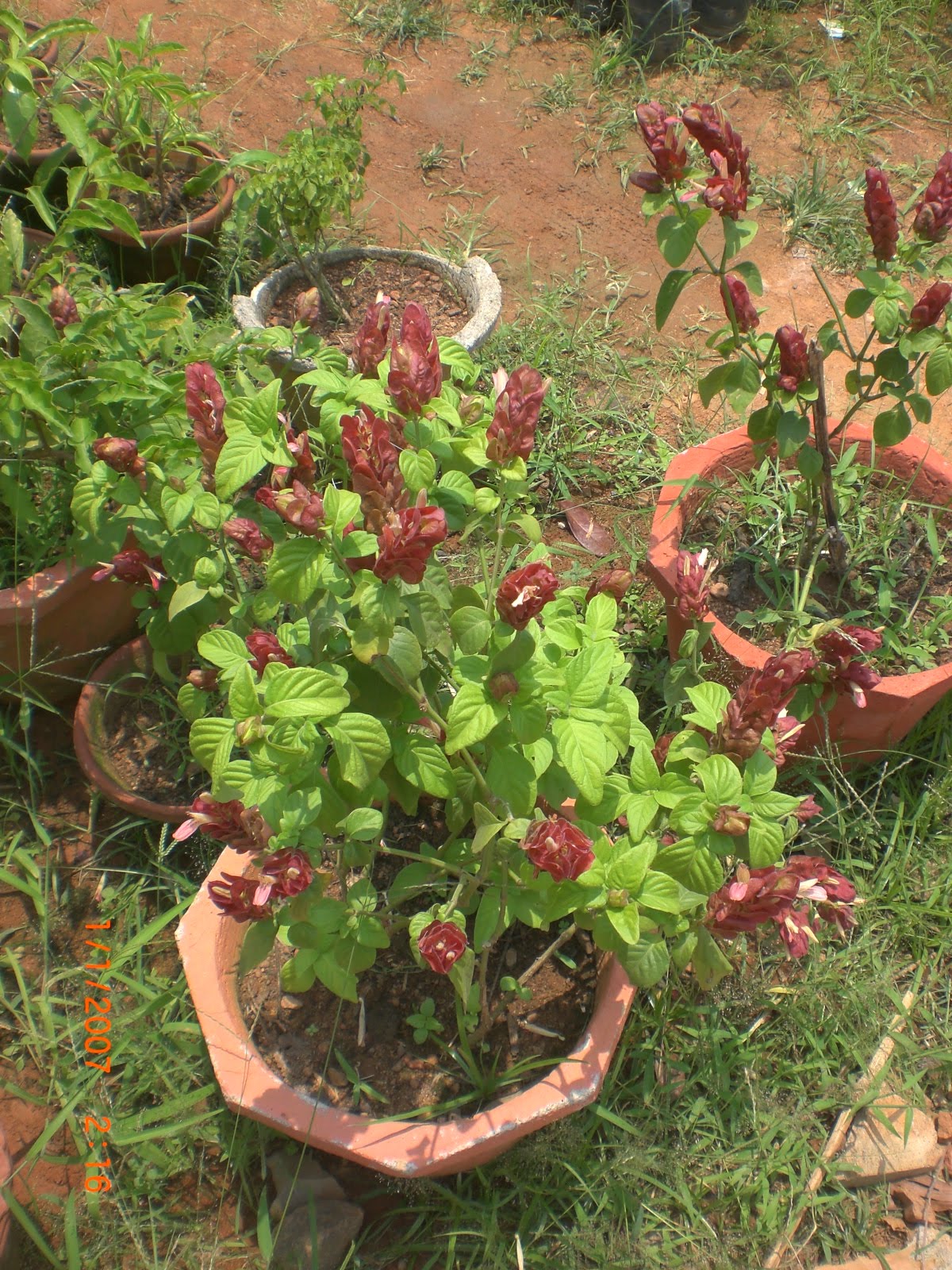The poinsettia (/p??n's?ti?/ or /p??n's?t?/) (Euphorbia pulcherrima) is a commercially important place species of the diverse spurge family. The varieties is indigenous to Mexico. It is specifically popular because of its green and red foliage and it is trusted in Holiday floral shows. It derives its common English name from Joel Roberts Poinsett,[3] the first USA Minister to Mexico,[4] who introduced the plant to the united states in 1825.
Euphorbia pulcherrima is a shrub or small tree, reaching a height of 0 typically.6-4 metres (2 ft 0 in-13 ft 1 in). The place bears dark green dentate leaves that measure 7-16 centimetres (2.8-6.3 in) in length. The colored bracts--which are most flaming red but can be orange often, pale green, cream, pink, white, or marbled--are often recognised incorrectly as rose petals because of their groupings and colors, but are actually leaves.[citation needed] The colors of the bracts are manufactured through photoperiodism, meaning that they require darkness (12 hours at the same time for at least five days in a row) to change color. At the same time, the vegetation require considerable light during the full day for the brightest color. The flowers of the poinsettia are unassuming and don't attract pollinators. They are grouped within small yellow structures found in the center of every leaf number, and are called cyathia. The poinsettia is indigenous to Mexico. It is found in the untamed in deciduous exotic forests at modest elevations from southern Sinaloa down the whole Pacific coast of Mexico to Chiapas and Guatemala. It is found in the inside in the hot also, dried forests of Guerrero seasonally, Oaxaca, and Chiapas. Information of E. pulcherrima growing in the open in Costa and Nicaragua Rica have yet to be affirmed by botanists. You will find over 100 cultivated types of poinsettia.
The plant was employed by the Aztecs to produce red dye and as an antipyretic medication. In Nahuatl, the language of the Aztecs, the plant is named Cuitlaxochitl, meaning "flower that grows in residues or soil" Today it is well known in Mexico and Guatemala as Flor de Noche Buena, meaning Christmas Eve Flower. In Spain it is known as Flor de Pascua or Pascua, signifying Easter flower. In Peru and Chile, the seed became known as Crown of the Andes. In Turkey, it is called Atat?rk's flower because Atat?rk, the creator of the Republic, liked this bloom and made a significant contribution to its cultivation in Turkey.[citation needed] In Hungarian, it is named Santa Claus' Rose, and it's widely used as a Christmas decoration.
The plant's relationship with Christmas started in 16th-century Mexico, where tale tells of a girl, commonly called Pepita or Maria, who was simply too poor to provide a gift idea for the celebration of Jesus' birthday and was influenced by an angel to assemble weeds from the roadside and place them before the chapel altar. Crimson blossoms sprouted from the weeds and became beautiful poinsettias. From the 17th century, Franciscan friars in Mexico included the crops in their Xmas activities. The star-shaped leaf design is said to symbolize the Star of Bethlehem, and the red color represents the bloodstream sacrifice through the crucifixion of Jesus. Poinsettias are popular Xmas accessories in homes, churches, office buildings, and elsewhere across North America. They can be purchased in large numbers from grocery, drug, and hardware stores. In the United States, 12 is Country wide Poinsettia Day december.
New Plant to launch novelty Pericallis and Poinsettia at IPM Essen
always thought this shrub belonged to the Poinsettia family. I now

Variety of Plants.: Beloperone Buy Plants in Chennai India

Tidak ada komentar:
Posting Komentar